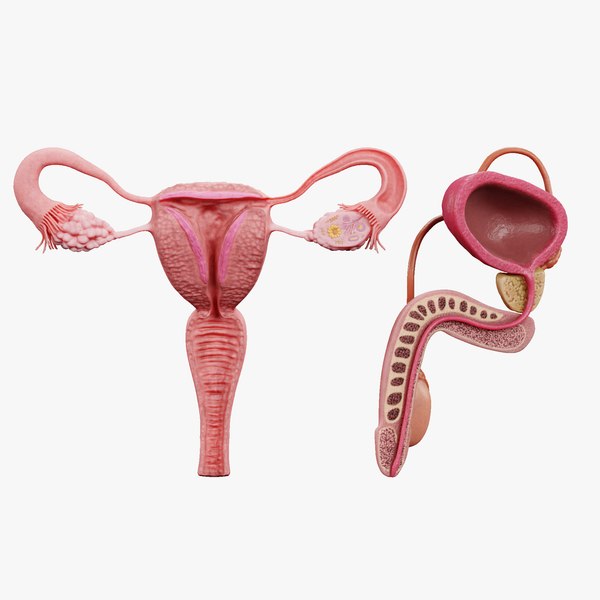Introduction:
Tiny home life was growing in popularity recently, with individuals deciding on an even more minimalist and renewable way of life. This report is designed to look into the idea of small home life, its advantages, difficulties, and the influence it’s on individuals in addition to environment.
Defining Small Home Living:
Tiny home Living refers to the rehearse of moving into small and extremely efficient residences that usually range between 100 to 400 square feet. These homes tend to be ingeniously made to accommodate most of the required amenities while focusing the efficient use of space.
Benefits of Tiny House Living:
1. Financial Freedom: One of the most significant great things about small House Living is its affordability. The lower cost of construction, lower utility bills, and decreased property fees enable people to achieve financial freedom by possessing a property without burden of a large home loan.
2. Minimal Environmental Impact: Tiny houses have a notably smaller environmental footprint than their particular old-fashioned alternatives. They require fewer sources for construction, consume less power for heating and cooling, and often employ renewable materials and craiglistforsex technologies. Adopting Tiny House Living plays a part in a far more renewable future by lowering waste and power consumption.
3. convenience and Clutter-Free Life: Living in a tiny space inherently encourages a less complicated way of life with less product belongings. This permits people to declutter their particular resides, centering on what truly matters. In a world overrun by consumerism, small House Living offers a refreshing way to prioritize experiences and connections over materialistic activities.
4. Increased Mobility and Flexibility: little houses tend to be constructed on tires or designed to easily be transported. This transportation permits people to relocate easier, adopting a life of wanderlust and adventure. Furthermore, small houses are integrated unconventional locations, such as for instance rooftops or underutilized metropolitan spaces, making the most of land utilize performance.
Challenges and factors:
While Tiny home residing gift suggestions numerous benefits, in addition is sold with its pair of challenges and considerations. Some prospective limitations feature:
 1. restricted area: Adapting to a somewhat smaller lifestyle area is challenging for some individuals, particularly those used to even more large houses. Designing clever storage solutions and following a minimalist mindset are imperative to thriving in a small residence.
1. restricted area: Adapting to a somewhat smaller lifestyle area is challenging for some individuals, particularly those used to even more large houses. Designing clever storage solutions and following a minimalist mindset are imperative to thriving in a small residence.
2. Zoning and Legal Restrictions: Many jurisdictions have laws in position that reduce construction and placement of tiny domiciles. Overcoming legal hurdles is time-consuming and may need creativity and community activism to alter present policies.
3. Community residing: Tiny homes in many cases are situated within communities of similar individuals, therefore adopting a shared lifestyle and sticking with neighborhood guidelines. This could not suit everyone’s preferences or desired degree of privacy.
Summary:
Small House Living offers an alternative, lasting, and inexpensive way of life that emphasizes simpleness and minimalism. It provides financial freedom, reduces ecological impact, and promotes a clutter-free lifestyle. While challenges exist, including minimal space and appropriate limitations, some great benefits of small home Living far outweigh these factors. As more people embrace this lifestyle, this has the possibility to shape a far more conscientious, renewable, and fulfilling future for individuals therefore the environment.
